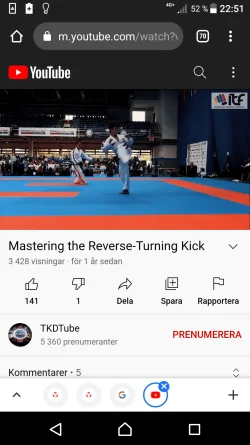Sir, the terminology I use is what the text contains, not my reference . I adopt the terminology for ease of reference to those who use the system. Across the system "Reverse " is often used to mean opposite of the the other one. Example -Knifehand is the Pinky side of the hand and thumb side is reverse Knifehand. Footsword is the small toe side of the foot and reverse footsword is the large toe side. Turning kick is what many would call a roundhouse and the kick going the opposite way is reverse turning but with straight leg, and the similar kick flexing the knee is reverse hooking. Granted it's not perhaps the best all around naming convention but it's widely understood and used by those who train the system. By the way we also have obverse punch same hand as lead foot an reverse punch which is the opposite hand, Similarly other hand techniques use this convention as well where the rear foot side is performing the technique (In a stance where weight is equally distributed between your feet) but the you have the anomaly of this for things where more weight is on the rear foot and since the stance is named for the side (Right or left) with the most weight a right foot back L stance is a Right L Stance and a Right or rear hand technique is obverse since it is the side the stance is named for. Yep, it's goofy.


